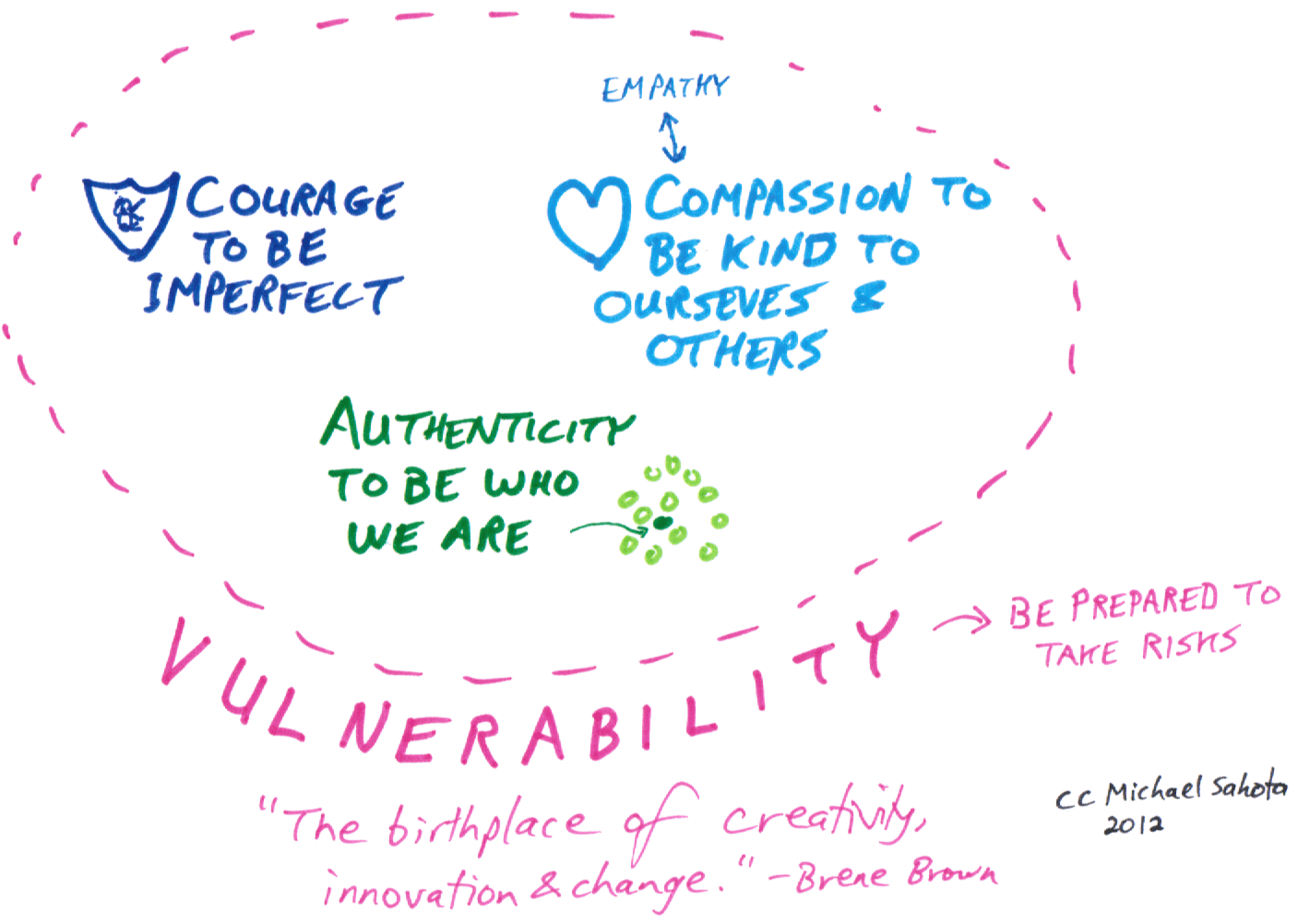In this article, we will delve into the essential topic of applying an understanding of trauma in the classroom. We’ll explore the best approaches to help support your SEND & SEMH pupils. The primary focus will be on distinguishing between the “Learning Brain” and the “Survival Brain” and understanding their significance in the educational context.
Learning Brain vs. Survival Brain
Learning Brain
The Learning Brain is open to new information, embracing ambiguity, vagueness, and the bigger picture. It operates from a place of calmness, peace, excitement about learning, and a touch of playfulness. Individuals in the Learning Brain mode are curious, unafraid of making mistakes, and confident in their learning abilities. They prioritise the learning process over self-doubt.
Survival Brain
In stark contrast, the Survival Brain fixates on threats, demanding clear-cut facts and eschewing ambiguity. It sees the world in black-and-white terms and feels panicky, obsessive, and afraid of making errors. Individuals in Survival Brain mode are far from calm and open to learning; instead, they just want to get through the ordeal without mishaps. They are apprehensive about looking foolish, doubting their own learning capabilities, and fearing judgment.
The Interaction Between Learning Brain and Survival Brain
Understanding how the Learning Brain and Survival Brain interact is paramount. Survival Brain always takes precedence because its primary goal is to protect you from perceived danger. The longer the Survival Brain remains active, the harder it is to transition into the Learning Brain mode.
This struggle is akin to the myth of Sisyphus, where staying in the Learning Brain feels like being atop a mountain, requiring constant effort and attention. Any lapse can quickly send you back into Survival Brain mode, akin to Sisyphus’ boulder rolling back down.
Stress and Trauma
Stress is a significant factor in this transition. The more stressed you are, the heavier and larger that metaphorical boulder becomes, pushing you back into Survival Brain mode. Traumatized individuals experience stress as an intensely rigid force, causing their boulder to remain disproportionately large due to their constant misperception of ambiguous situations as threats.
Creating an Environment for Learning
The good news is that managing stress effectively makes it easier to remain in the Learning Brain mode as the boulder becomes more manageable. For teachers, the critical takeaway is that students thrive in the Learning Brain mode when they feel safe and supported by the adults around them.
Consider the analogy of a baby elephant in the wild. It can play, explore, and learn because a group of protective adult elephants surrounds it, watching out for danger. Similarly, students with trauma or those stuck in Survival Brain mode lack this protective environment. They are unable to focus on learning because they are constantly vigilant for threats.
The Role of Educators
In essence, the most vital aspect for schools to prioritise is creating an environment where students feel surrounded by supportive figures who act as their “big momma elephants.” These adults protect and nurture them, fostering a sense of safety. When students experience this security, it unlocks their natural curiosity and eagerness to learn, often using play as a means of learning.
Conclusion
In conclusion, understanding the dynamics between the Learning Brain and the Survival Brain is fundamental for effective teaching, especially when dealing with students who have experienced trauma. It’s imperative for educators to prioritise creating a safe and supportive environment for their students, akin to the protective presence of adult elephants in the wild. By doing so, we can truly unlock the potential of our students and foster a love for learning.
If you have any questions or insights, please feel free to share them in the comments below. Thank you for reading.










